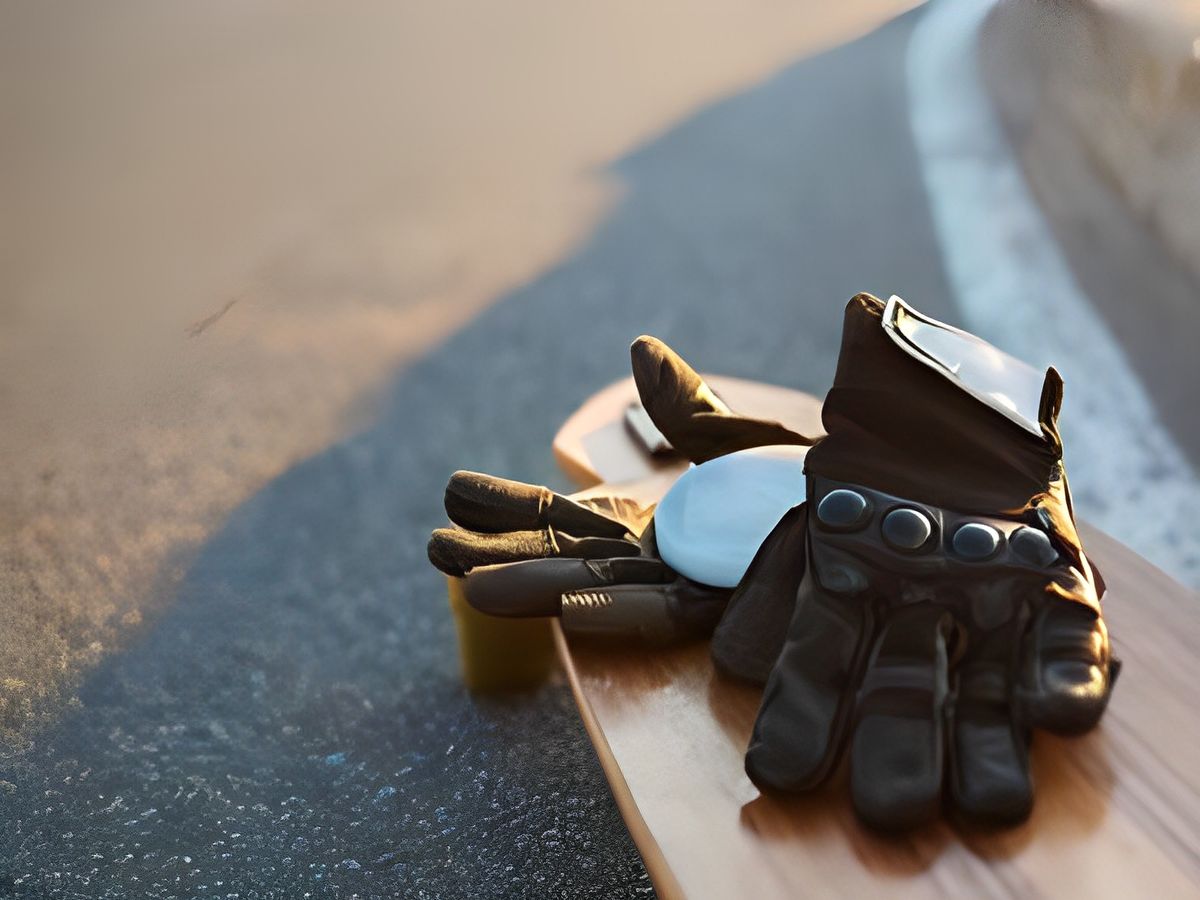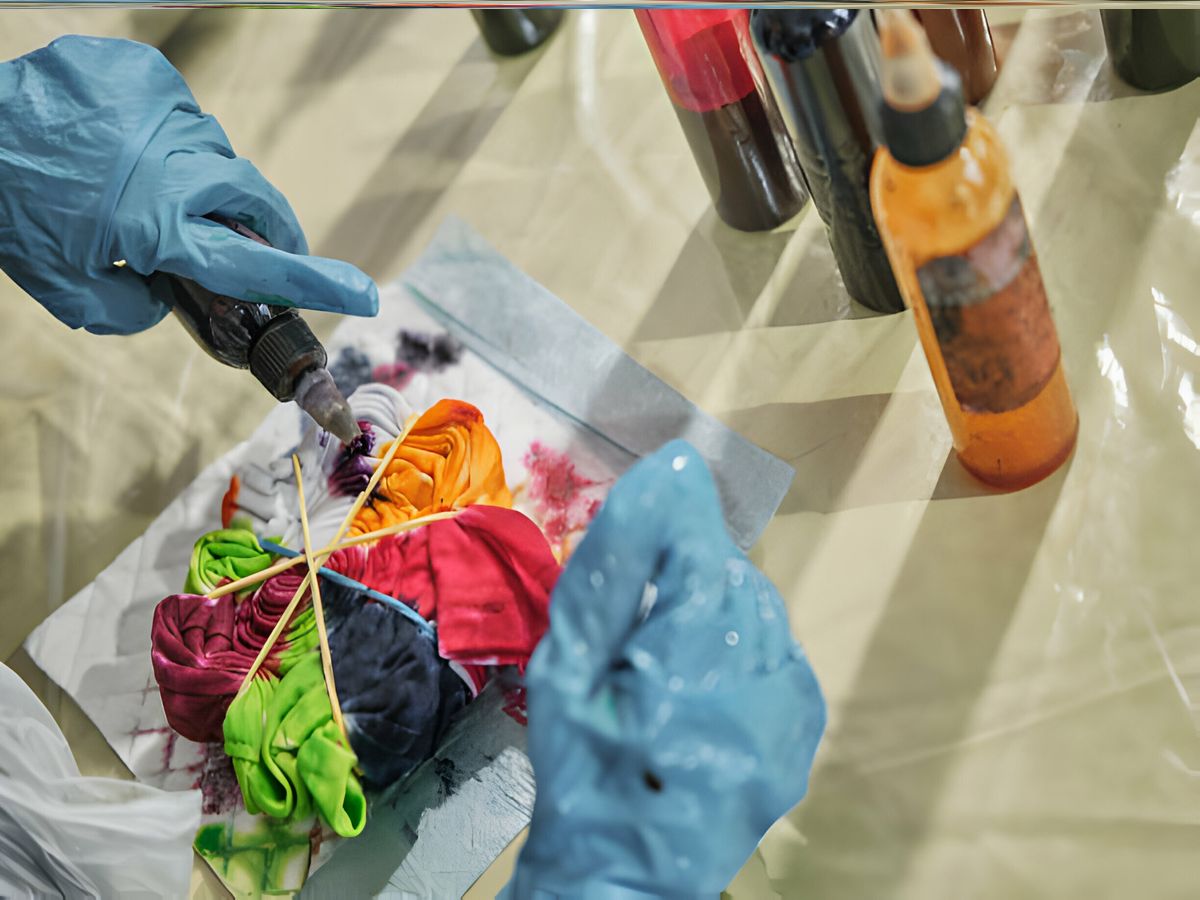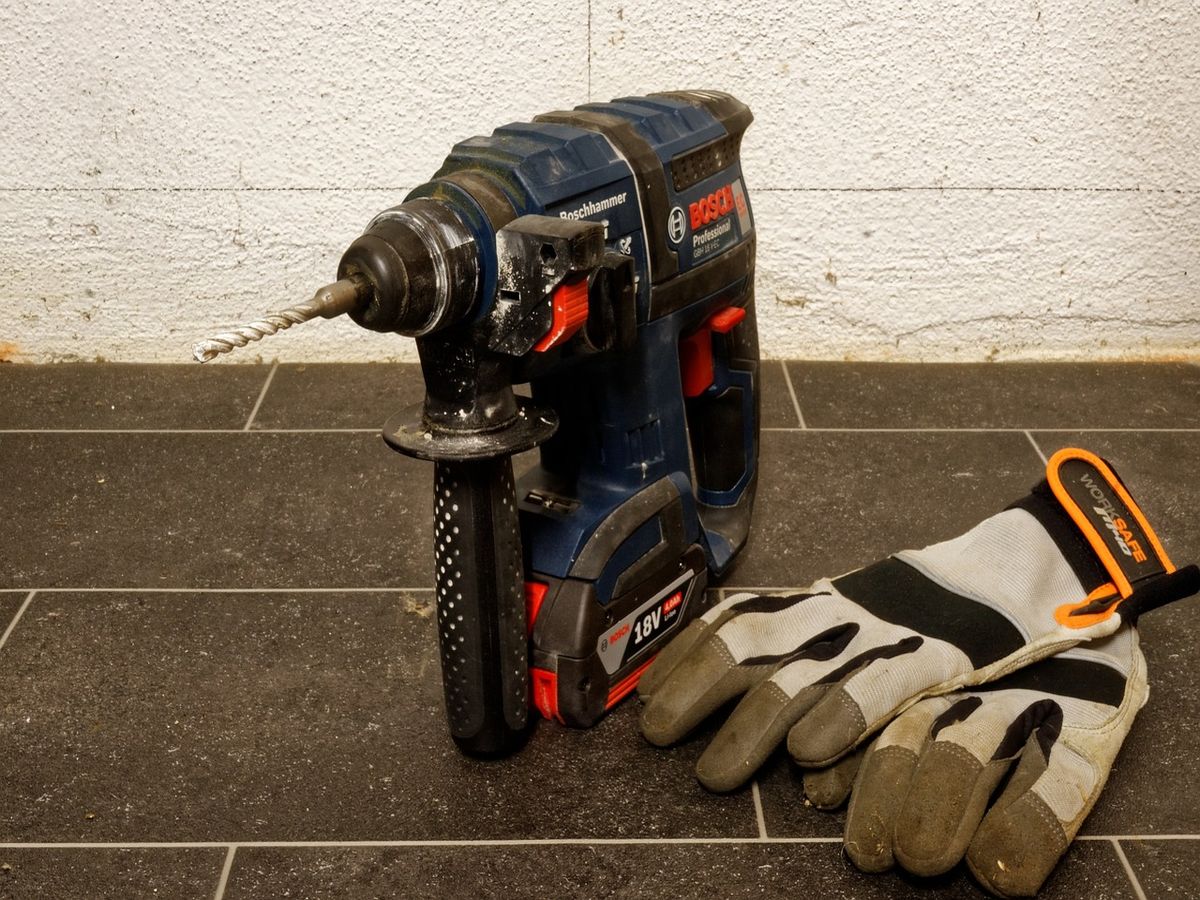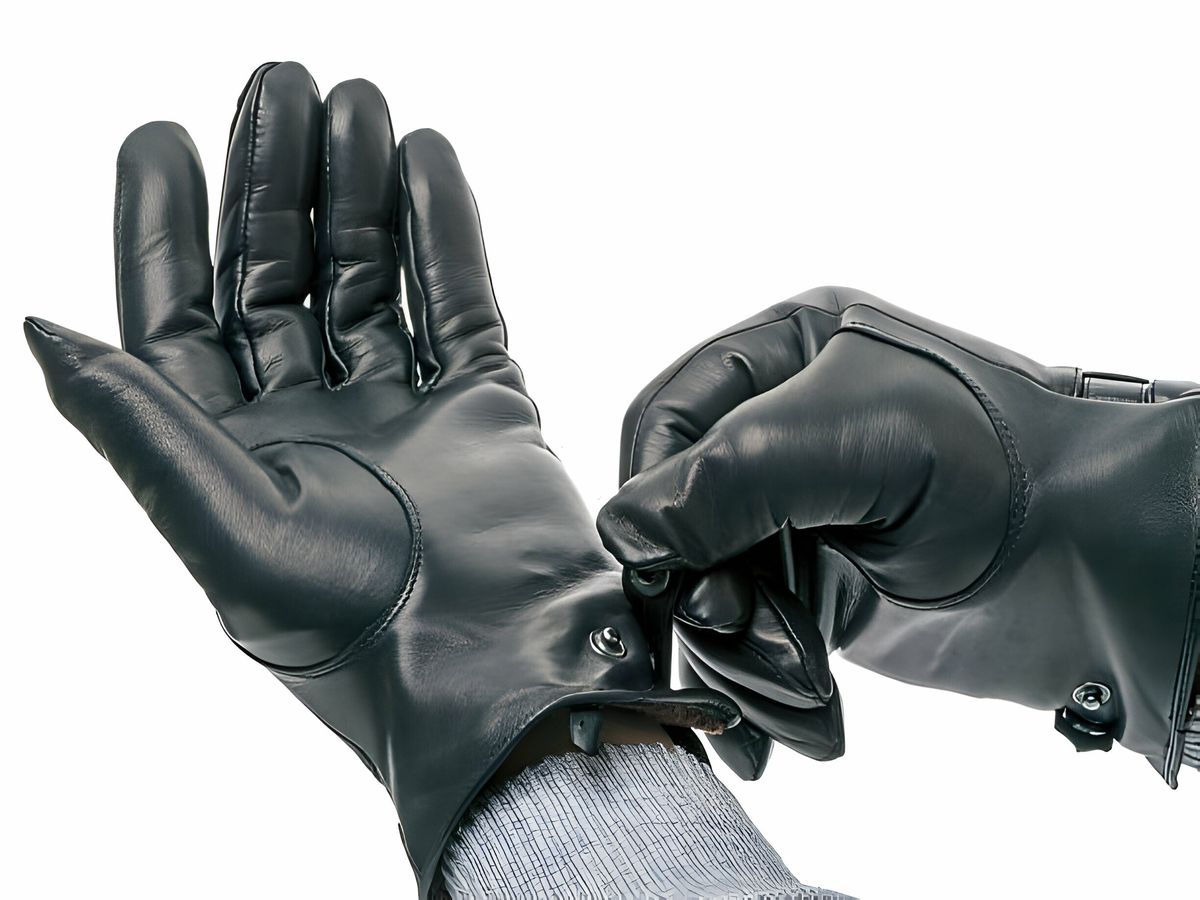Hand gloves play a crucial role in protecting our hands from various hazards and contaminants. Whether it’s in the kitchen, the medical field, construction sites, or even during household chores, provides a barrier against harmful substances, sharp objects, extreme temperatures, and infections. They help maintain hygiene, prevent injuries, and ensure safety in numerous everyday activities.
Purpose of Article
In this article, we’ll delve into the multifaceted role of hand gloves in safeguarding our hands and promoting health and safety. We’ll explore the different types available, their specific uses in various industries and settings, as well as the importance of selecting the right glove for specific tasks. Additionally, we’ll discuss proper glove maintenance, best practices for ensuring effectiveness, and the potential risks of improper glove usage. By the end, you’ll have a comprehensive understanding of why these are indispensable tools in protecting our hands and maintaining our well-being.
Understanding Hand Gloves
Hand gloves are protective coverings worn over the hands to shield them from various hazards, contaminants, and injuries. They serve the purpose of providing a barrier between the hands and potentially harmful substances, sharp objects, extreme temperatures, and infectious agents. Designed to promote safety, maintain hygiene, and prevent injuries during a wide range of activities, including cooking, cleaning, medical procedures, construction work, and more.
Evolution of hand gloves over time
Hand gloves have undergone significant evolution throughout history, adapting to the changing needs and advancements in materials and technology. Early forms of hand protection can be traced back to ancient civilizations, where people used natural materials such as leather, fabric, and plant fibers to cover their hands during manual labor and combat. Over time, as civilizations progressed, the design and materials of this evolved, with innovations such as the introduction of rubber gloves in the 19th century for industrial work and the development of specialized gloves for various professions and activities. Today, they come in a wide variety of types, materials, and designs, each tailored to specific tasks and environments, reflecting centuries of refinement and innovation.
Importance of wearing hand glove in various activities
Wearing hand glove is essential in numerous activities to protect the hands from injury, contamination, and exposure to harmful substances. In the kitchen, gloves prevent burns, cuts, and the transfer of bacteria during food preparation. For healthcare settings, gloves are crucial for preventing the spread of infections between patients and healthcare workers. In construction and manufacturing, gloves shield against cuts, abrasions, and chemical exposure. Additionally, in household chores such as cleaning and gardening, gloves protect from harsh chemicals, allergens, and thorns. Overall, wearing this in various activities is vital for promoting safety, hygiene, and well-being.
Types of Hand Gloves
Hand Job Gloves
The term “hand job gloves” typically refers to gloves specifically designed for use in manual labor or tasks that require dexterity and grip. These gloves are crafted to provide comfort, flexibility, and enhanced grip to improve performance and reduce hand fatigue during prolonged use.
Hand job gloves are commonly used in industries such as manufacturing, automotive repair, construction, and assembly lines. They are also popular among craftsmen, mechanics, and technicians who require precise hand movements and tactile sensitivity while working with tools and equipment.
Hand Protective Gloves
Hand Protective Gloves are crafted from a variety of materials, each offering unique features and benefits. Common materials include leather, rubber, Kevlar, and synthetic fabrics like nylon and polyester. Leather gloves are durable and provide excellent abrasion resistance, making them ideal for heavy-duty tasks. Rubber gloves offer protection against chemicals and liquids, while Kevlar gloves are known for their exceptional cut and puncture resistance.
Hand Protective Gloves find applications across various industries and activities. They are commonly used in industrial work settings to safeguard against hazards such as sharp objects, chemicals, and extreme temperatures. Additionally, they are utilized in gardening to protect against thorns, abrasions, and dirt, as well as in construction for handling materials and operating machinery safely.
Hand Warmer Gloves
Hand warmer gloves are designed to provide warmth and comfort to the hands in cold weather conditions. They typically feature insulation materials such as fleece, down, or synthetic fibers, which trap body heat and prevent heat loss from the hands.
There are different types of hand warmer gloves available on the market. Battery-powered hand warmer gloves utilize rechargeable batteries to generate heat, providing adjustable warmth levels for extended use. Chemical reaction hand warmer gloves contain heat packs that undergo a chemical reaction when activated, producing heat for several hours. Both types offer effective warmth and are commonly used in outdoor activities such as skiing, snowboarding, hiking, and camping to keep hands cozy in chilly environments.
Features and Benefits
Protection from hazards and injuries
Hand gloves are important for keeping your hands safe from various dangers and injuries. They act as a barrier between your skin and potential hazards like sharp objects, chemicals, extreme temperatures, and more. By wearing gloves designed for specific tasks or environments, you can greatly reduce the risk of harm to your hands.
Comfort and insulation provided by hand warmer gloves
The Hand warmer gloves not only keep your hands warm in cold weather but also provide a comfortable and cozy experience. These gloves are often insulated with materials like fleece or thermal linings to trap heat and prevent it from escaping, keeping your hands toasty even in freezing temperatures. Additionally, they are designed to fit snugly and comfortably, allowing you to move your hands freely without sacrificing warmth.
Specialized design for specific tasks
Modern hand gloves are often designed with special features to cater to specific tasks or activities. For example, some gloves come with touchscreen compatibility, allowing you to use your smartphone or tablet without having to take them off. Others feature grip enhancement technology, such as textured palms or silicone patterns, to provide better traction and control when handling objects or performing tasks that require dexterity. These specialized designs enhance functionality and make the gloves more versatile for various situations.
How to Choose the Perfect Hand Gloves
Assessing the Intended Use and Environment
Before choosing gloves, it’s important to think about what you’ll be using them for and where you’ll be using them. Different activities and environments require different types of gloves. For example, if you’re working with chemicals, you’ll need gloves that are resistant to those substances. If you’re hiking in cold weather, you’ll want insulated gloves to keep your hands warm. By considering the specific tasks and conditions you’ll encounter, you can choose gloves that offer the best protection and performance for your needs.
Consideration of materials, size, and fit
The materials, size, and fit of gloves are crucial factors to consider for comfort, durability, and effectiveness. Gloves can be made from various materials such as leather, synthetic fabrics, or specialized materials for specific purposes like cut-resistance or waterproofing. Choosing the right size is important to ensure a snug but comfortable fit that allows for dexterity and freedom of movement. Ill-fitting gloves can be uncomfortable and may not provide adequate protection. Paying attention to these details ensures that you select gloves that will perform well and last long.
Budget considerations and quality indicators
When buying gloves, it’s essential to balance budget constraints with quality. While it may be tempting to opt for the cheapest option, investing in higher-quality gloves can offer better protection and durability in the long run. Look for indicators of quality such as reinforced stitching, reputable brands, and positive customer reviews. Consider the value proposition rather than just the upfront cost. Sometimes spending a bit more on gloves of better quality can save you money in the long term by reducing the need for frequent replacements and providing superior protection.
Maintenance and Care Tips
Proper cleaning and storage methods
To prolong the life of your hand gloves, it’s essential to clean them regularly and store them properly. Depending on the material of your gloves, you may need to hand wash them with mild detergent or machine wash them following the manufacturer’s instructions. Avoid using harsh chemicals or bleach, as they can damage the gloves. After washing, allow the gloves to air dry thoroughly before storing them. Store them in a cool, dry place away from direct sunlight and moisture to prevent mold and mildew growth. Proper cleaning and storage practices help maintain the integrity of the gloves and prevent premature deterioration.
Inspection for wear and tear
Regularly inspect your gloves for signs of wear and tear, such as holes, fraying, or weakened areas. Pay close attention to high-stress areas like the fingertips and seams. If you notice any damage, repair or replace the gloves as needed to prevent further deterioration and ensure continued protection. By catching problems early, you can address them before they become more significant issues and extend the lifespan of your gloves.
Extending the lifespan of hand gloves
To extend the lifespan of your gloves, it’s essential to treat them with care and follow proper maintenance practices. Avoid exposing them to unnecessary wear and tear, such as using them for tasks they’re not designed for or exposing them to extreme conditions beyond their capabilities. When not in use, store them properly to prevent damage and keep them clean to maintain their performance. Additionally, investing in high-quality gloves made from durable materials can contribute to a longer lifespan. By taking these steps, you can maximize the longevity of your gloves and get the most out of your investment.
Conclusion
In conclusion, hand gloves are indispensable safeguards, offering essential protection against hazards and contaminants in various settings. Their evolution from ancient origins to modern innovations reflects humanity’s commitment to safety and efficiency. By considering factors like intended use, material quality, and proper maintenance, individuals ensure optimal hand protection for daily tasks. Hand gloves epitomize practicality and innovation, serving as crucial tools for occupational safety, personal hygiene, and overall well-being. Embracing informed selection and diligent upkeep empowers individuals to navigate life’s challenges confidently. Ultimately, they symbolize resilience and ingenuity in preserving what matters most our hands and our health.















Leave a Reply